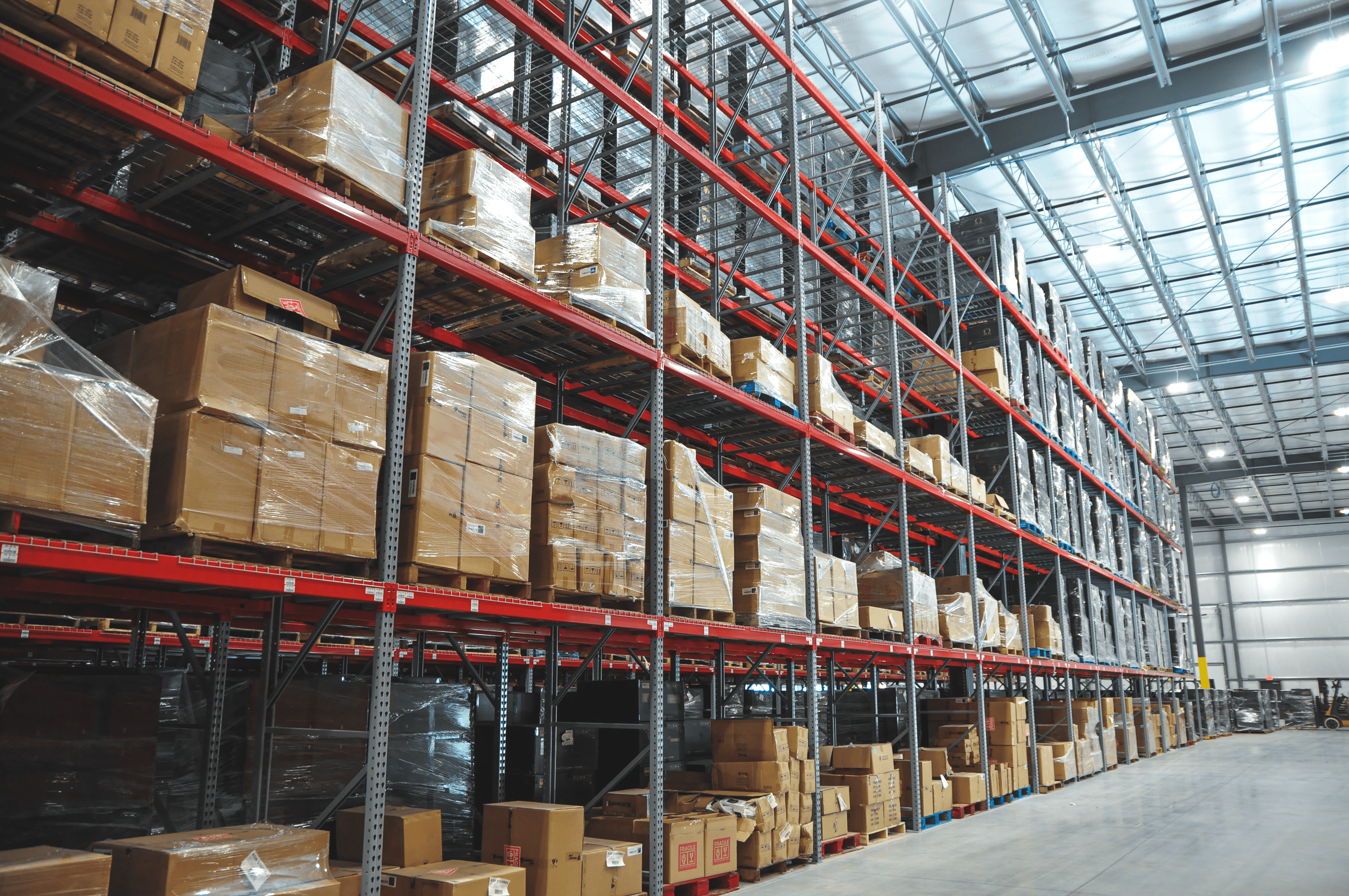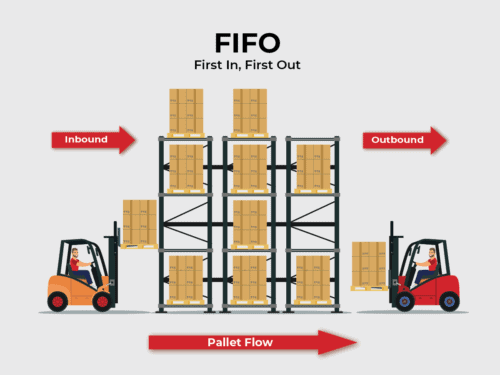Depending on what your business sells, temperature-controlled storage can be important for maintaining the quality and longevity of your products. Some third-party logistics providers (3PLs) offer this service, and you’ll find a spectrum of temperature options ranging from “cold storage” to “chilled storage” to “ambient storage.”
What is ambient storage?
Ambient storage refers to the storage of goods at a controlled “room temperature,” typically ranging from 60°F to 80°F (15°C to 27°C). An ambient temperature is ideal for a wide variety of products that don’t require refrigeration or freezing.
By maintaining a consistent, controlled temperature range in warehouse facilities, you can minimize the risk of product damage, spoilage, or degradation, which translates to higher customer satisfaction and lower costs for your clients.

The advantages of ambient storage for warehouses
Reliable ambient storage offers several key advantages that can improve your bottom line and operational efficiency. Consider the following.
Cost-effectiveness
One of the primary advantages of room temperature storage—compared to cold temperatures—is its cost-effectiveness. By storing goods at ambient temperatures, you eliminate the need for specialized temperature-controlled equipment, like refrigerators or freezers. This translates to lower upfront costs, reduced energy utility expenses, and less maintenance and repair costs over time.
Versatility
Ambient storage can accommodate a diverse inventory, allowing you to consolidate different product types within the same warehouse space. This helps you streamline your operations and improve overall warehouse efficiency.
Energy efficiency
Ambient storage is inherently energy-efficient compared to temperature-controlled storage. That’s why an ambient warehouse allows you to reduce your carbon footprint while also keeping your utility comparatively low and protecting your bottom line.
Embracing ambient storage not only benefits your business financially but also demonstrates your commitment to sustainability and responsible resource management.

Key considerations for ambient storage in warehousing
When implementing ambient storage in your warehouse, there are several key factors to consider to ensure the optimal preservation of your customers’ products.
Product compatibility
It’s crucial to identify items that may not be compatible with an ambient temperature. Some products, such as pharmaceuticals or perishable goods, may require lower temperatures than an ambient storage facility can provide.
Warehouse management best practices
Your 3PL should have regular cleaning and sanitation protocols, along with a robust pest control program, to prevent spoilage and contamination. They should also minimize the risk of obsolescence or expiration with a first-in, first-out (FIFO) inventory rotation that makes sure older stock is shipped out first.
Humidity control
In addition to temperature, maintaining optimal humidity levels is crucial for products that need a dry environment (typically between 30% and 50%). Excessive humidity can lead to mold growth, corrosion, and product degradation. Make sure your fulfillment partner offers proper ventilation, dehumidification, and regular monitoring to keep humidity in check.

Seasonal fluctuations and location
Seasonal temperature variations and the geographic location of your warehouse can significantly impact ambient storage conditions. Consider the local climate before sending your inventory to a warehouse location, and check that your 3PL has implemented necessary measures to maintain optimal ambient storage conditions at every time of year.
Understanding product sensitivity
While most products suitable for ambient storage can withstand temperatures around 80°F or higher, some items may have more specific manufacturer storage guidelines (like pharmaceuticals). Make sure your 3PL understands your products’ unique storage requirements and can provide the conditions you need.
Distinctions from other storage types
When comparing your warehousing and fulfillment options, it helps to understand how keeping products at room temperature differs from temperature-controlled storage.
Ambient storage vs. cold storage
Cold storage is essential for perishable or temperature-sensitive products, such as fresh produce, dairy products, meats and seafood, certain pharmaceuticals and medical supplies, and some beauty and skincare products. In contrast, ambient storage is suitable for a wide range of non-perishable items (like home goods, apparel, and some processed foods) that can withstand room temperature conditions without deterioration or spoilage.
An ambient storage facility’s temperatures can range between 60°F and 80°F. Cold storage typically keeps products between 32°F and 40°F, and frozen storage maintains temperatures below 32°F (usually around 0°F).
Ambient storage vs. climate-controlled storage
Climate-controlled storage provides a more precise form of temperature control and humidity regulation, keeping temperatures between 55°F and 85°F (13°C to 29°C), with humidity levels between 30% and 50%.
This level of environmental control is necessary for products sensitive to temperature and humidity fluctuations, such as artwork and collectibles, musical instruments, leather goods, antiques, wooden furniture, and certain electronics and media (e.g., vintage records, and film negatives).
Climate-controlled storage helps prevent warping, cracking, corrosion, and other forms of damage that can occur when these sensitive items are exposed to high temperatures and humidity levels.

A 3PL for ambient storage
While it’s true that ambient temperature warehousing offers a number of significant benefits, consistently maintaining the right ambient temperature requires careful attention and relentless effort. Partnering with a 3PL, like Red Stag Fulfillment, can help.
We work with a wide range of products but earned a well-deserved reputation for working with items that are big, bulky, or heavy. We also understand the requirements of ambient storage, and our team of experts is always ready to answer your questions and support your company’s success.
Reach out to Red Stag today to learn how our ambient storage solutions can benefit your business and supply chain.










